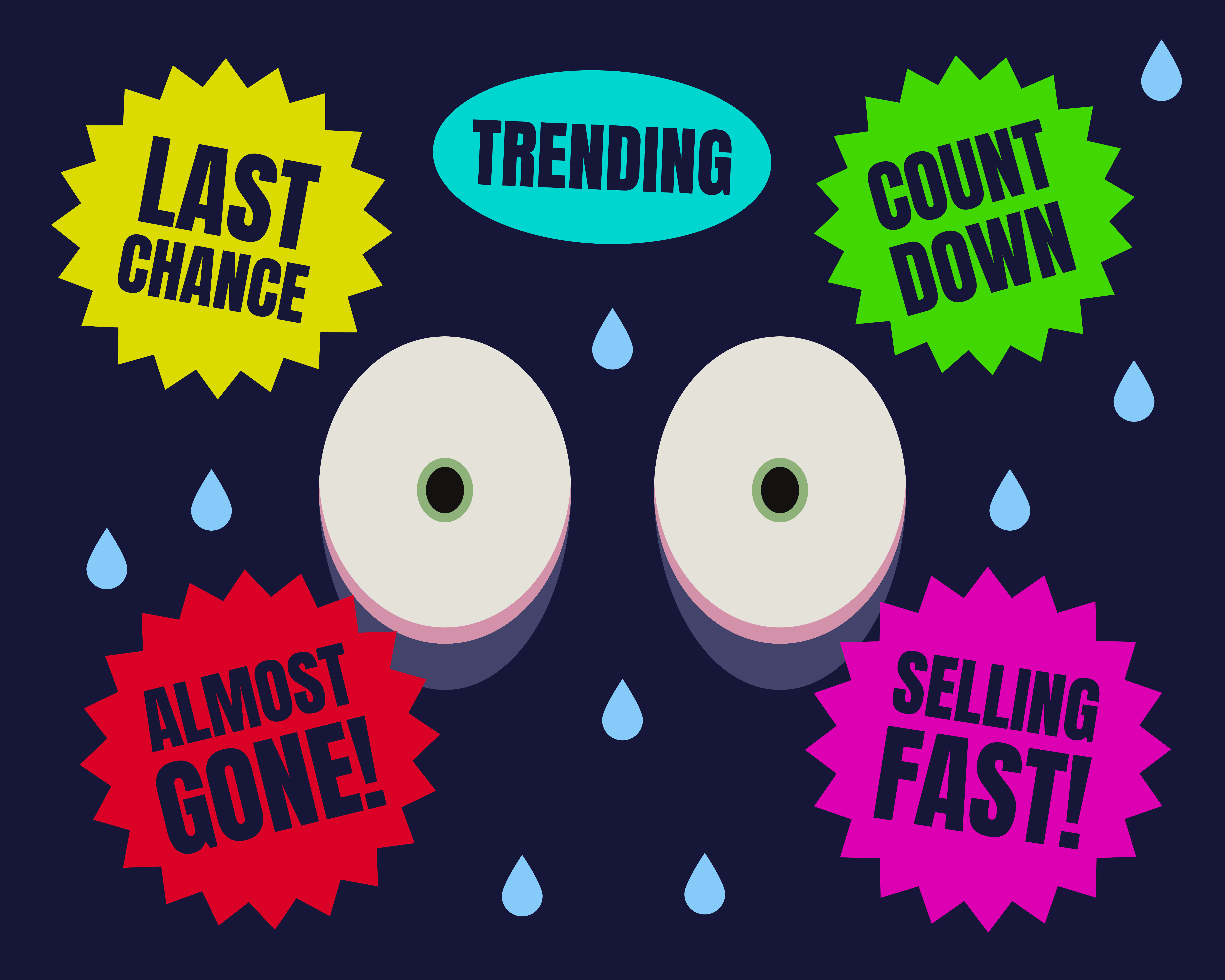‘Cautious moneywasting’ might sound like an oxymoron, but it turns out it’s exactly what a lot of we marketers are doing. Planning supremo Adam Morgan recently teamed up with effectiveness guru Peter Field and not only identified this, but even quantified it. We’ve read ‘The Cost of Dull’ – and listened to the excellent accompanying ‘Let’s Make This More Interesting’ podcast series – so you don’t have to (though you should). Here’s our take…
Safe = Expensive
‘Dull’ communications are those which elicit next to no emotional response from their audience. They’re common in B2C marketing and positively rampant in B2B. Nearly half (48%) of responses to B2C ads are neutral, with the number soaring to 78% for B2B ads. And all the while the world’s getting wilder, and sources of information are proliferating. A dull campaign requires much more media investment (an additional £9.6 million per year on average) to achieve the same effectiveness as its interesting rivals.
No brand sets out to be dull, so why are they entering the void? It’s largely done with the best of intentions, with a little bit of laziness thrown in: short-termism, focusing on the wrong metrics (the readily-available ones), review by committee and trying to be all things to all people – in some cases, globally. Research, while a brilliant tool for understanding audiences, can be used unwisely. Testing a creative concept with all the usual noise of the world removed doesn’t fairly assess the most important thing: impact. You’ll get overly rational responses suggesting the work should be more like stuff the audience is already familiar with. The most defensible approach might seem to be to get a generally acceptable, rational message across in an uncontroversial style. But in an effort to be ‘safe’, we’re being reckless with our budgets.
Destroying dull
Let’s do the sensible thing then, and spice things up. Between Morgan and us, here’s our top three tips for increasing interesting:
- Be unexpected. The safest route to being ignored is to be just like everybody else. If you can surprise the audience – via execution or challenging a core assumption – you’re already ahead. When we helped launch challenger snack brand Bliss’s Crispy Mallow range, we created an eight-foot branded unicorn to do so. You’d have thought the Pied Piper had entered the building during field activity. We absolutely had people’s attention, so then got to deliver a lot more product proof points than in a typical grab-and-run sampling exercise. And we captured enough footage of public interactions to create a whole bank of eye-catching social media content to promote the brand after the event.
- Only connect. Meet your audience where they are, rather than expecting them to come to you. Our multi-award winning Pension Mirror for Scottish Widows could have been a straightforward ad promoting the ease of seeing what’s in your pension pot with the Scottish Widows app. But much of our audience are completely disengaged with their pension – it’s deferred gratification in the extreme, perplexing and anxiety-inducing. Instead, we harnessed AI face-analysing software which guessed the user’s age, before showing them the average pension savings for their age and inviting them to ‘see how you compare’ via the app. It’s the brand’s most engaged-with tool ever, and trebled downloads of the app when promoted. Strategically unsatisfying as it sounds, it’s often best to find something that’s interesting to your audience, then retrofit your brand message to it. People don’t want to engage with their pension, but they do want to know how old they look.
- Give it some art. Morgan and Field’s study proves engaging an audience via emotion, rather than rational sales messaging alone, delivers a bigger return on investment. Music, storytelling and dramatic techniques can very successfully create emotion, cut-through and memorability. This doesn’t mean always being ‘jazz hands’ theatrical; our ‘Is That Me?’ video for Police Scotland is quietly enthralling and suddenly chilling, a two-person drama based on a laser-sharp insight. Great marketing minds have said the same thing in different ways – we should aim to be putting out content which is as good as what it’s ‘interrupting’. That’s truer than ever now our audiences can skip ads in many channels.
Rather than going through the motions, we need to give our work more emotion. Being dull is wasting money, effort and our precious time – not just at work, but in life. At The Union we call ourselves Agents of Change. Because if we don’t make a difference, well then – what’s the point?




